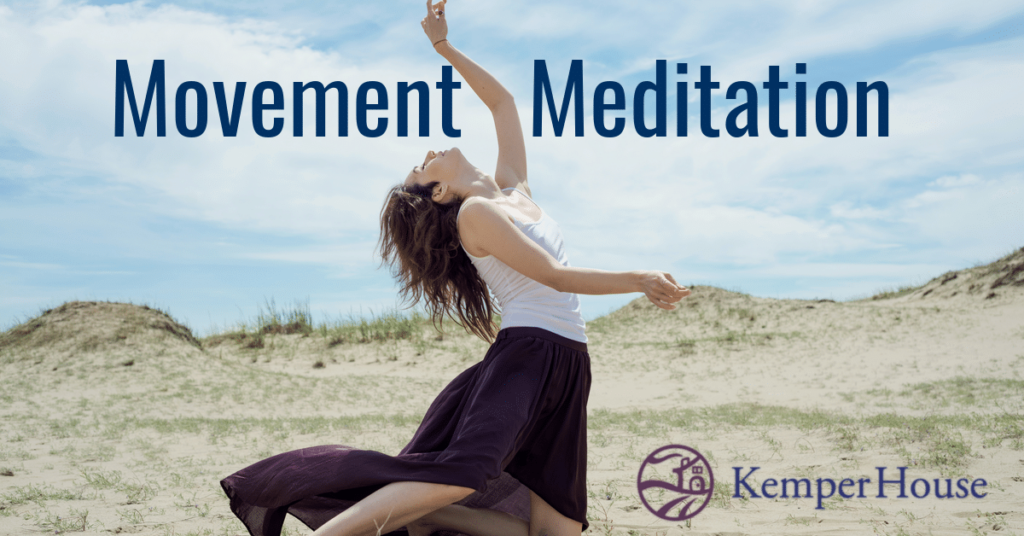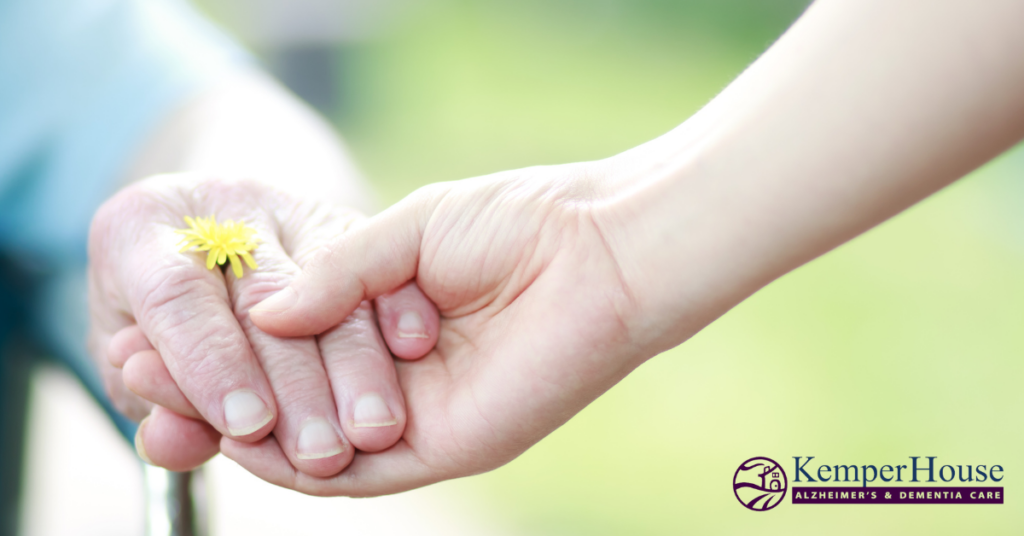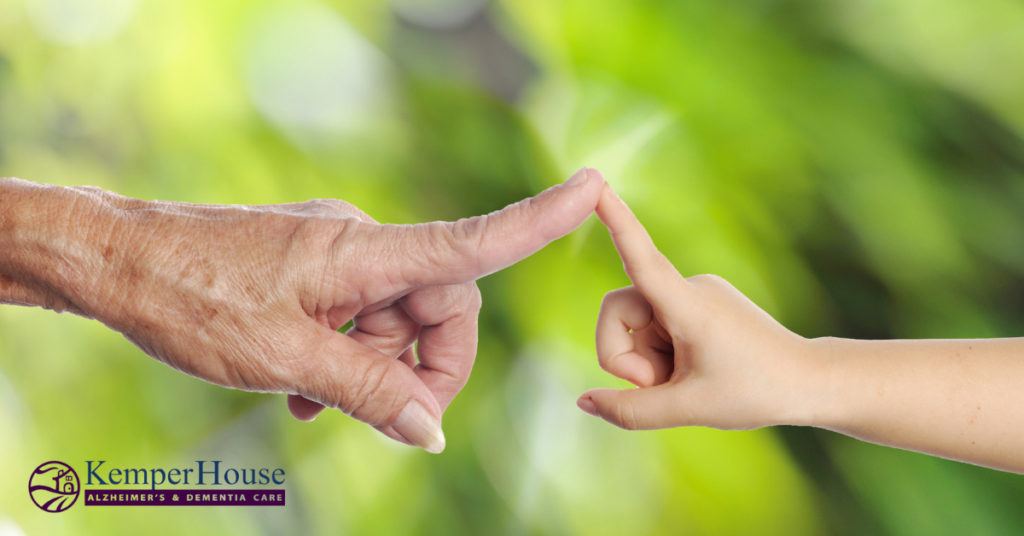
Movement Meditation
Movement Meditation
What if you could achieve the benefits meditation offers without having to sit? What if you could do something else — and get a quiet mind at the same time?
By using the breath to connect to the body in movement, a meditative state can be attained. In other words, you don’t have to be still to meditate. Movement meditation works! And this could be a great option, especially if you’re someone who gets restless easily.
Here are five movement meditations you could try along with suggested anchors to use with the breath to help keep you grounded in the practice.
- Dancing– Since you need absolutely no skills or training to begin, dancing is a great entry point into movement meditation, plus it’s fun to do! When you’re home alone, pop on your favorite tune and start moving your body freely. You’ll begin with just one song, but the more you practice, the more songs you’ll add. Eventually, you’ll want to create your move-and-meditate playlists of about three or four songs. For your anchor, bring awareness to each body part as you dance. Start off with your feet and keep all your attention there. Then you’ll slowly scan through your entire body, noticing all the sensations that come up, and letting it all go.
- Running– To set yourself up for your movement meditation through running, start as soon as you begin lacing up your shoes. Slow your breathing down and bring your attention to the task at hand. Once you hit the pavement for your run, use the sound of your feet pounding on the ground as your anchor. Allow extraneous thoughts to melt away with each step. When the mind wanders, bring it back to the beat of your stride.
- Walking– If you are more of a low-impact mover, walking is an excellent choice. Choose a location that allows you to walk slowly. (A long hallway would work and so will a backyard or a field.) As you walk, bring your attention to your feet and feel your toes for the entire step. Take about 10 or 15 steps then turn around and repeat. Your anchor is the sensation of your foot as it lifts and lowers. Walk with the intention to stay connected to your feet.
- Shaking– If you’re extra tense, shaking is a wonderful way to burn off excess energy. Begin by standing with your feet about hip width apart. Slowly start shaking one arm. Then do the other arm. You could use the mantra let go to accompany your shaking. On one shake you’d say let and the following shake you’d say go. Repeat as you move through your entire body. Complete the practice by coming back to stand.
- Cleaning– This one has a bonus. In addition to a clear mind, you also get a clean house! Many cleaning activities require repetitive movement, which is perfect for meditation. It allows you to focus on the rhythm of the movement. With vacuuming, you’d inhale as you extend your arm long then exhale as you bring it back in. Make sure to stay in a strong posture so you’re not slouching. Pull your navel to the spine and keep your gaze soft. Allow the rhythm of the movement to encourage your body to relax.
Other movement meditations include: Yoga, Tai Chi, and Qigong
-Jennifer Nance, M.Ed, SMC-C
Facebook
Icon-google-plus
Twitter
Reddit
Pinterest
Icon-stumbleupon-1


